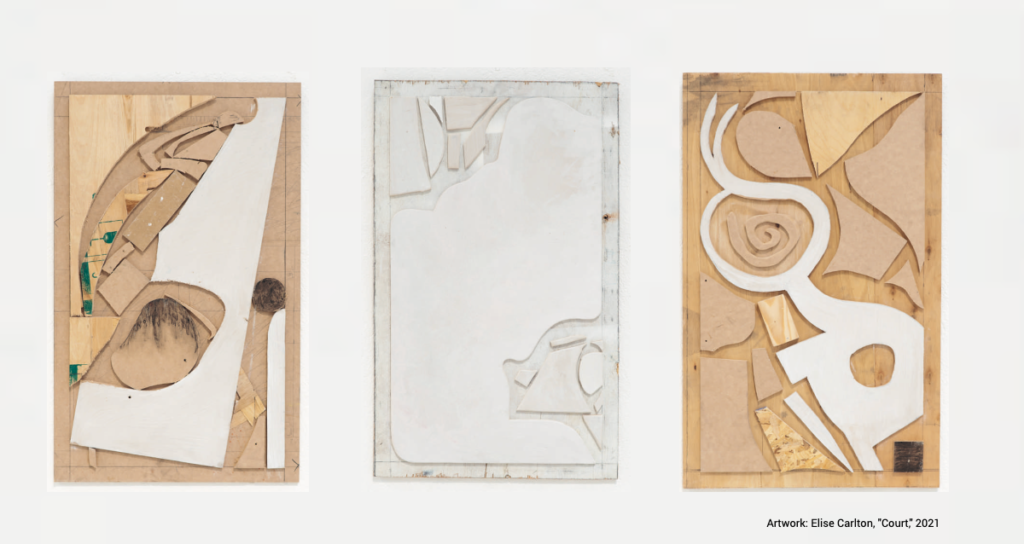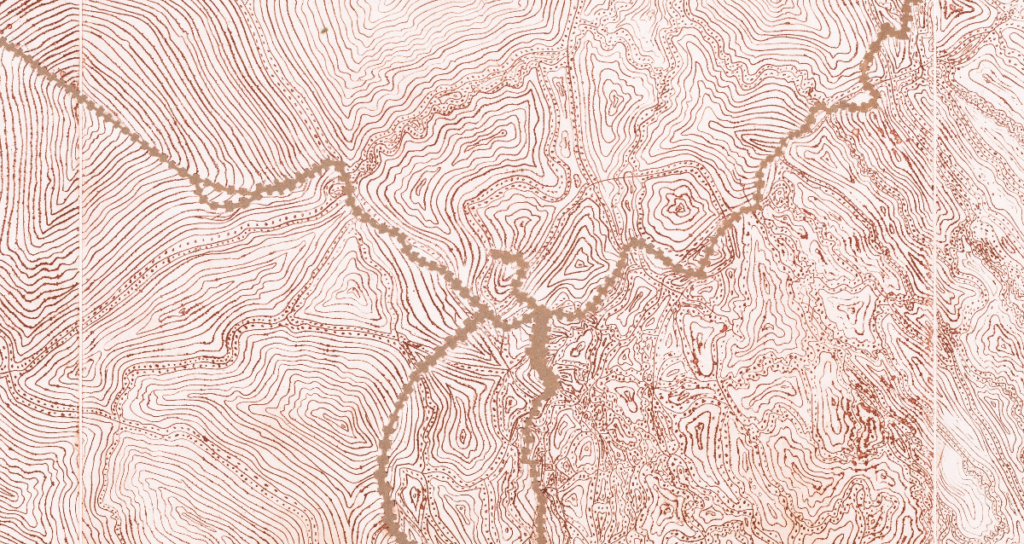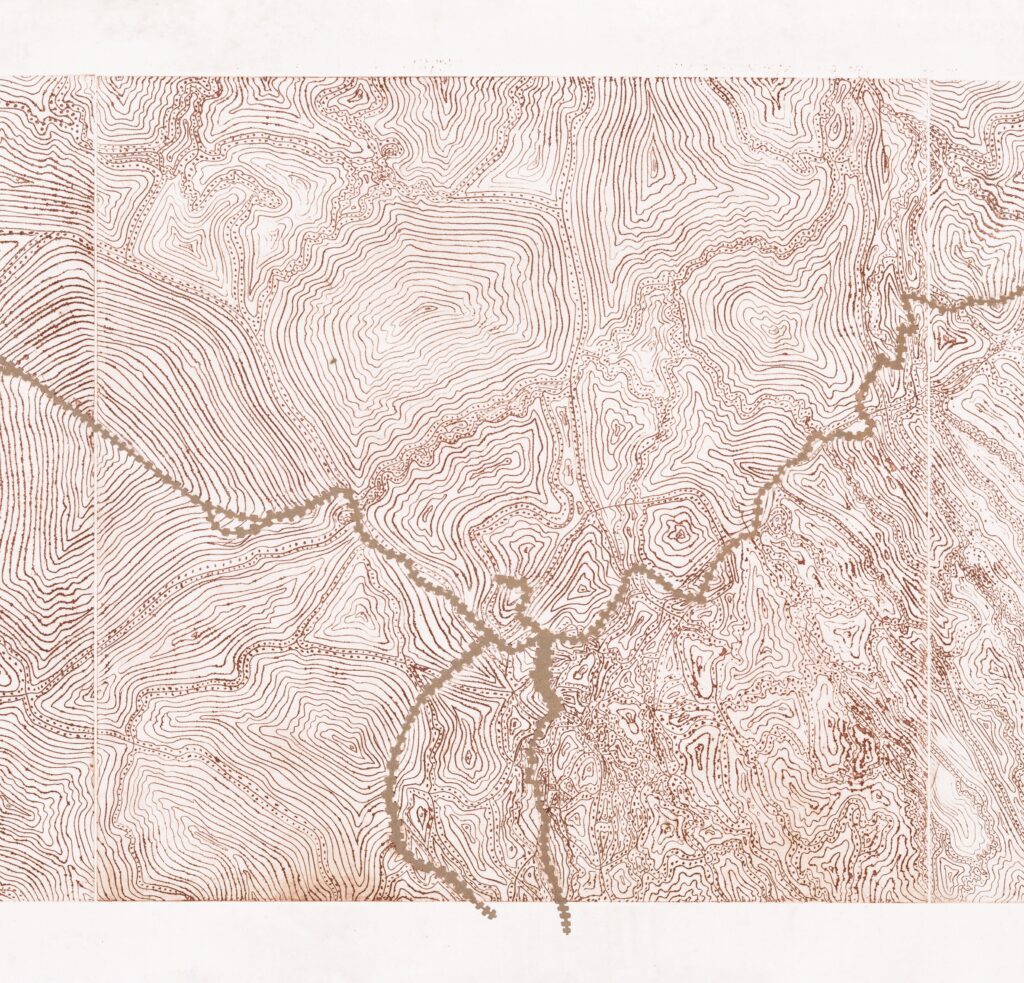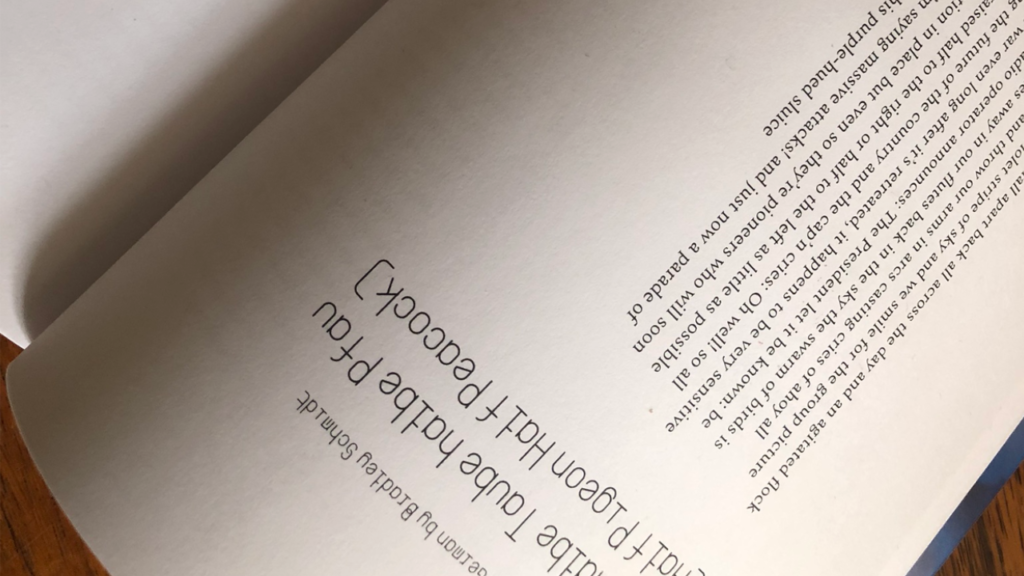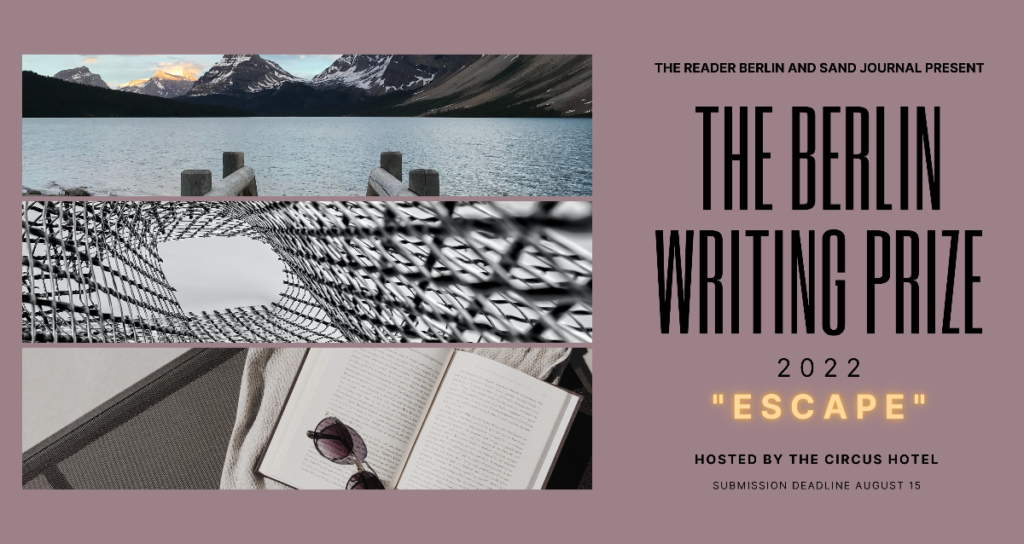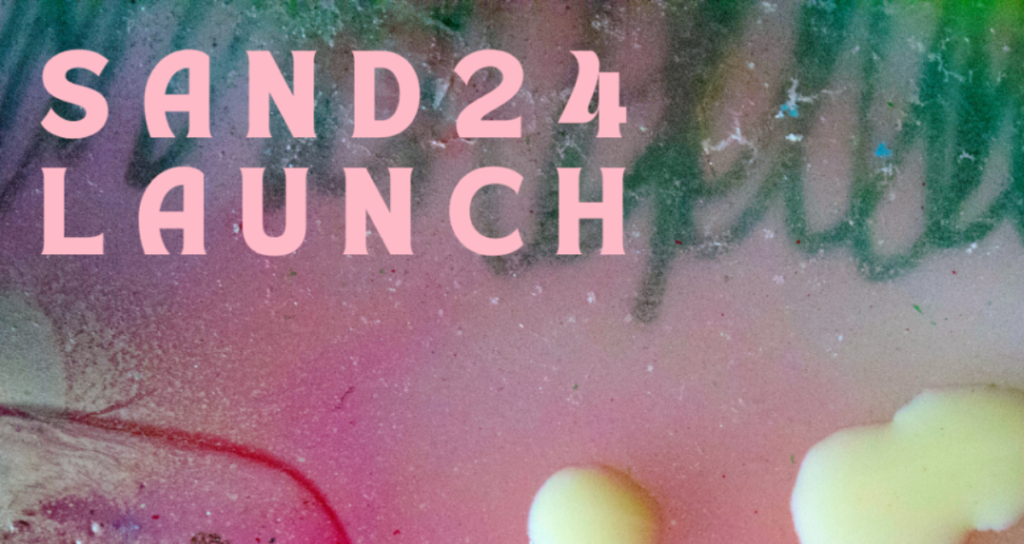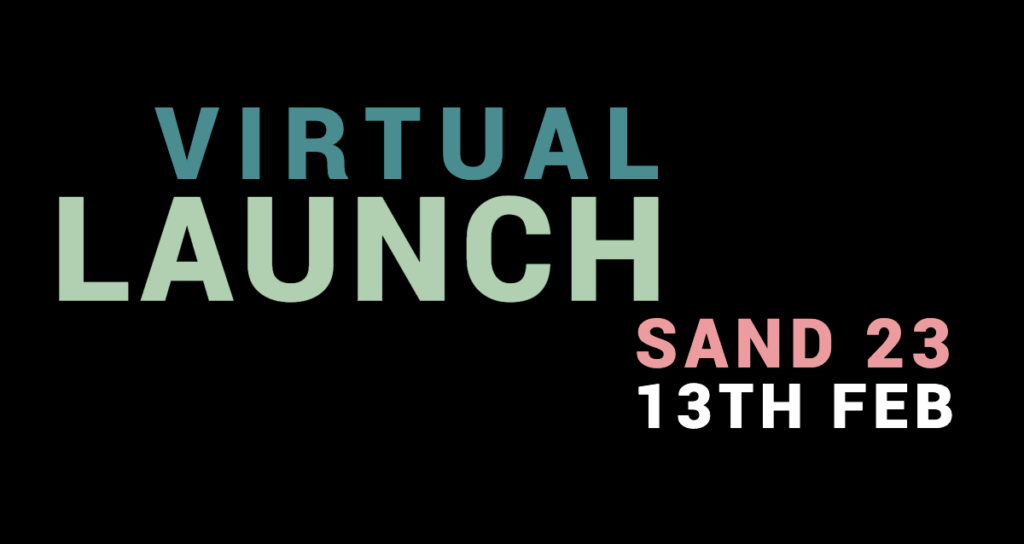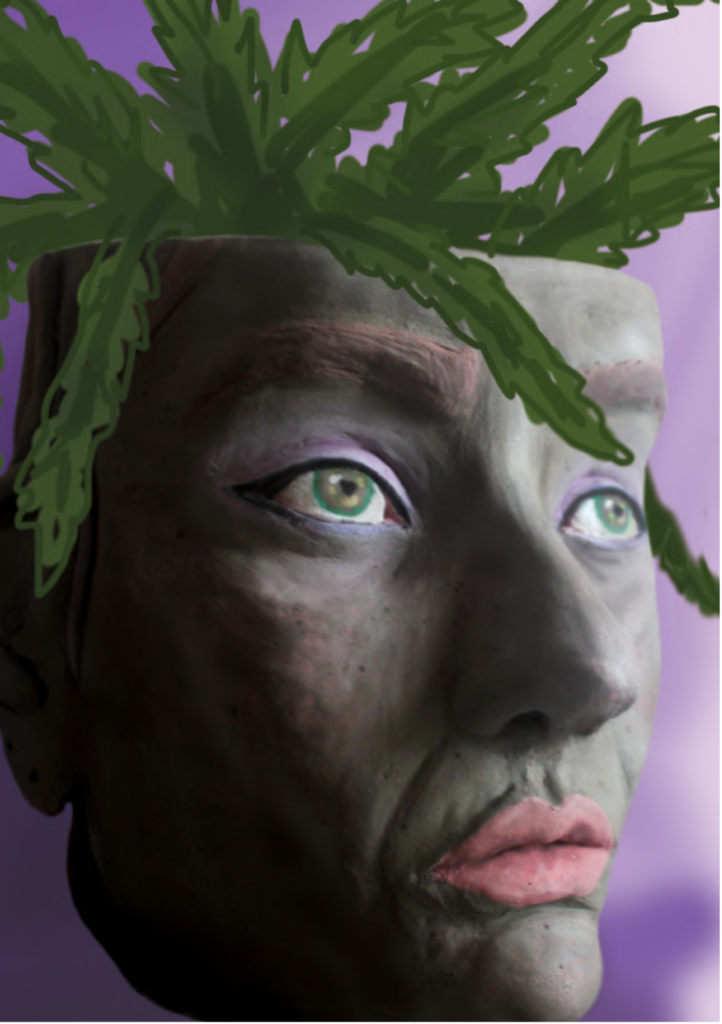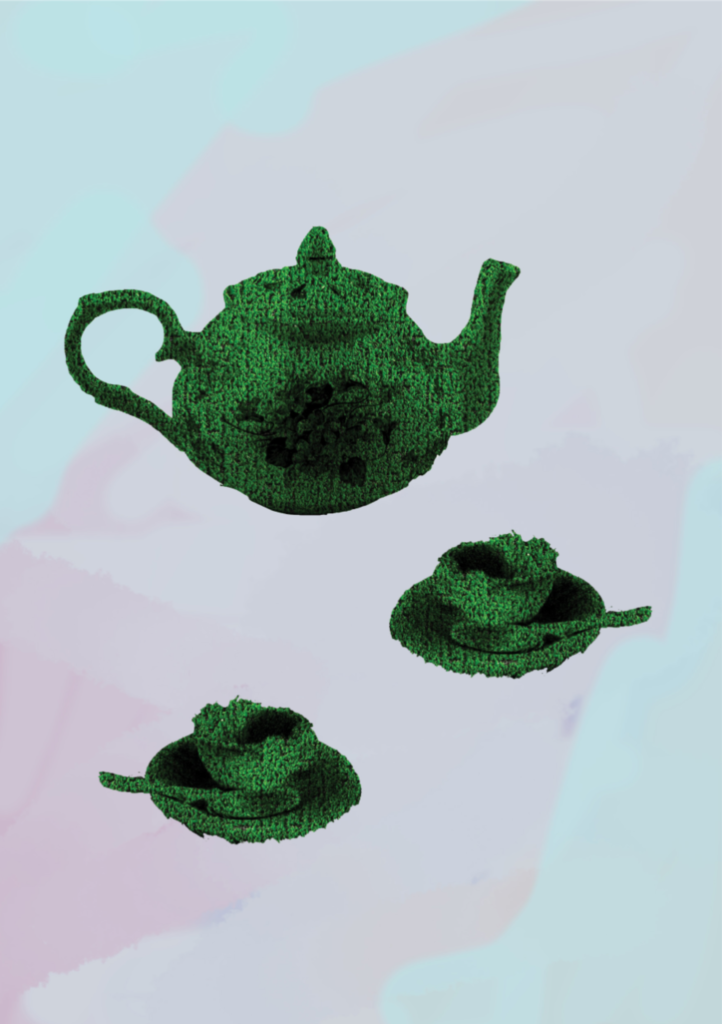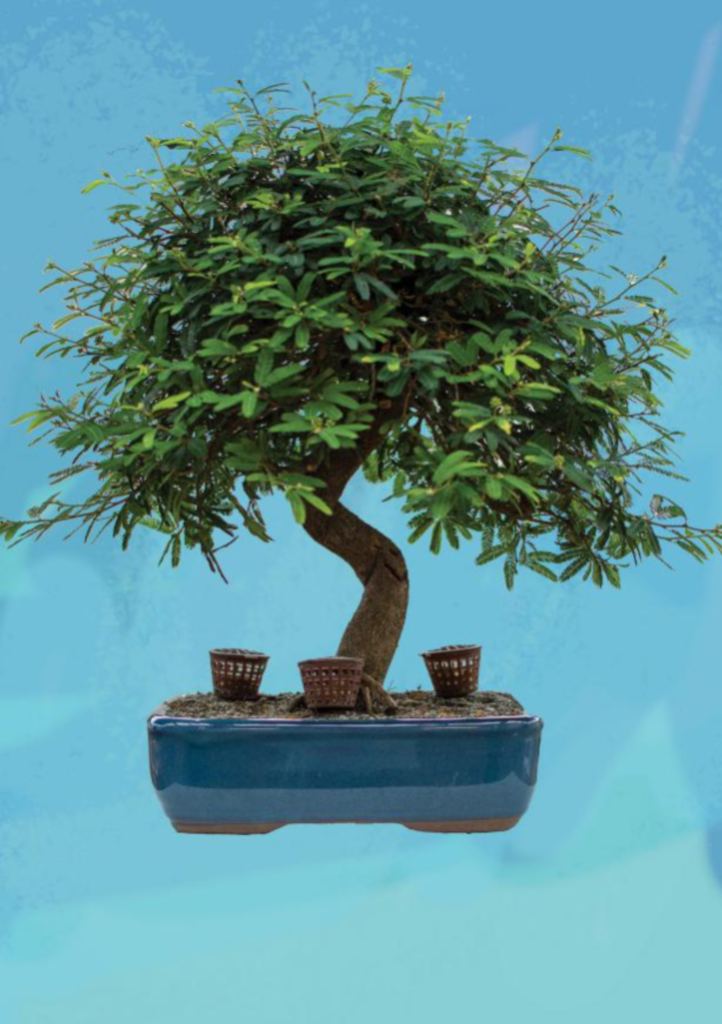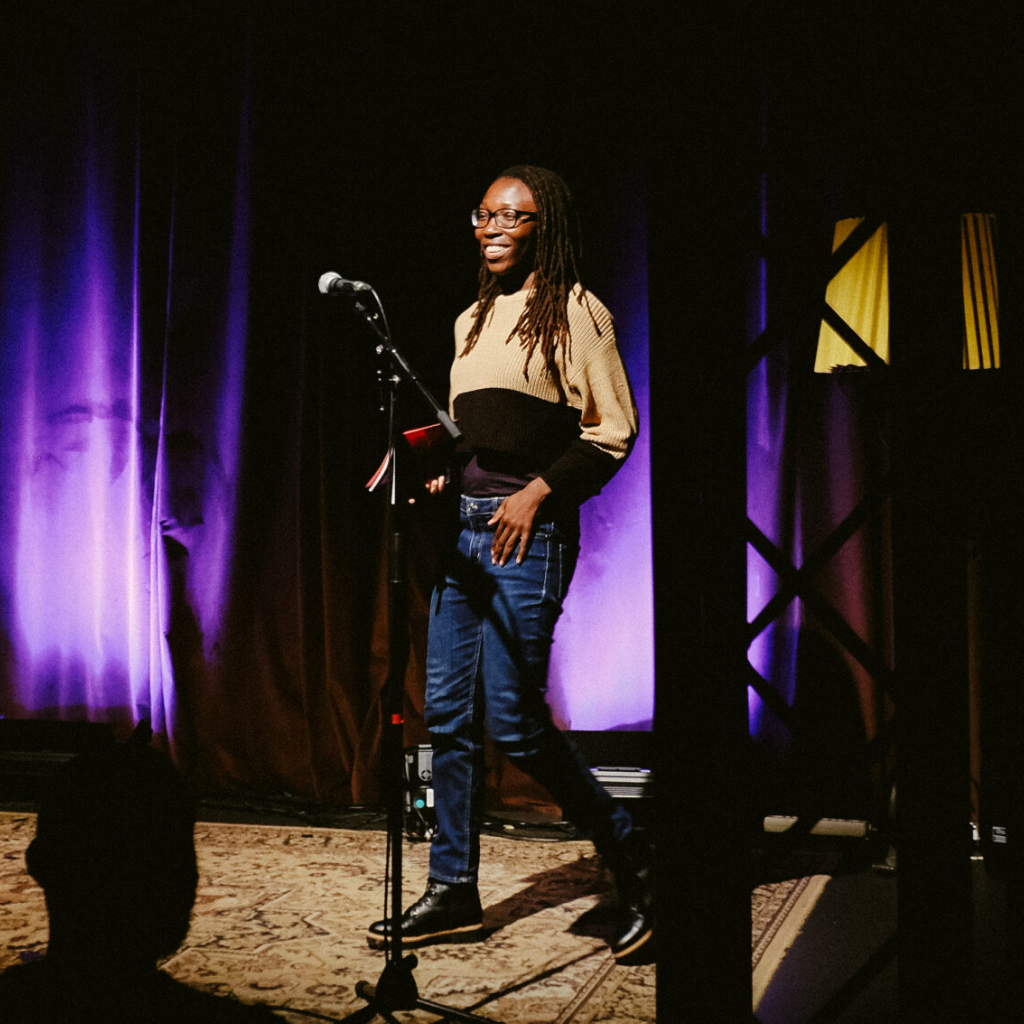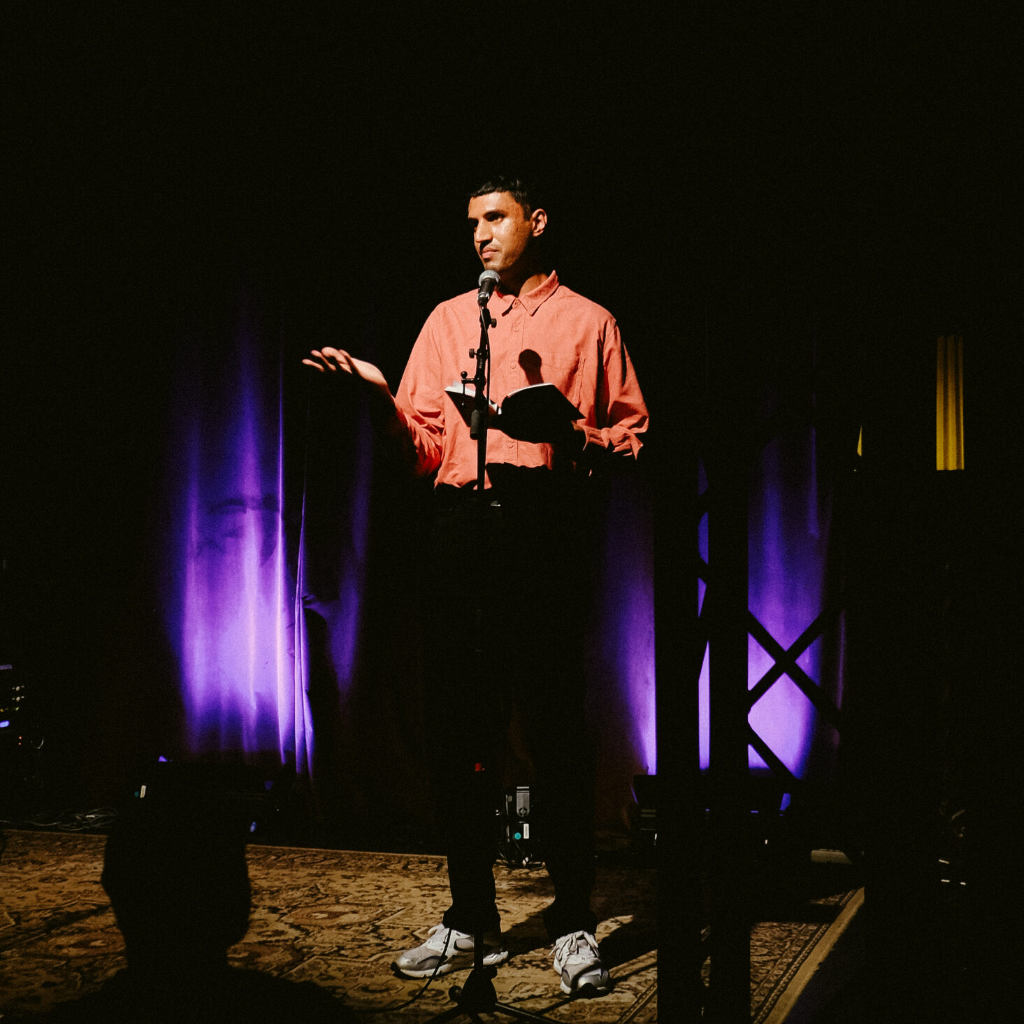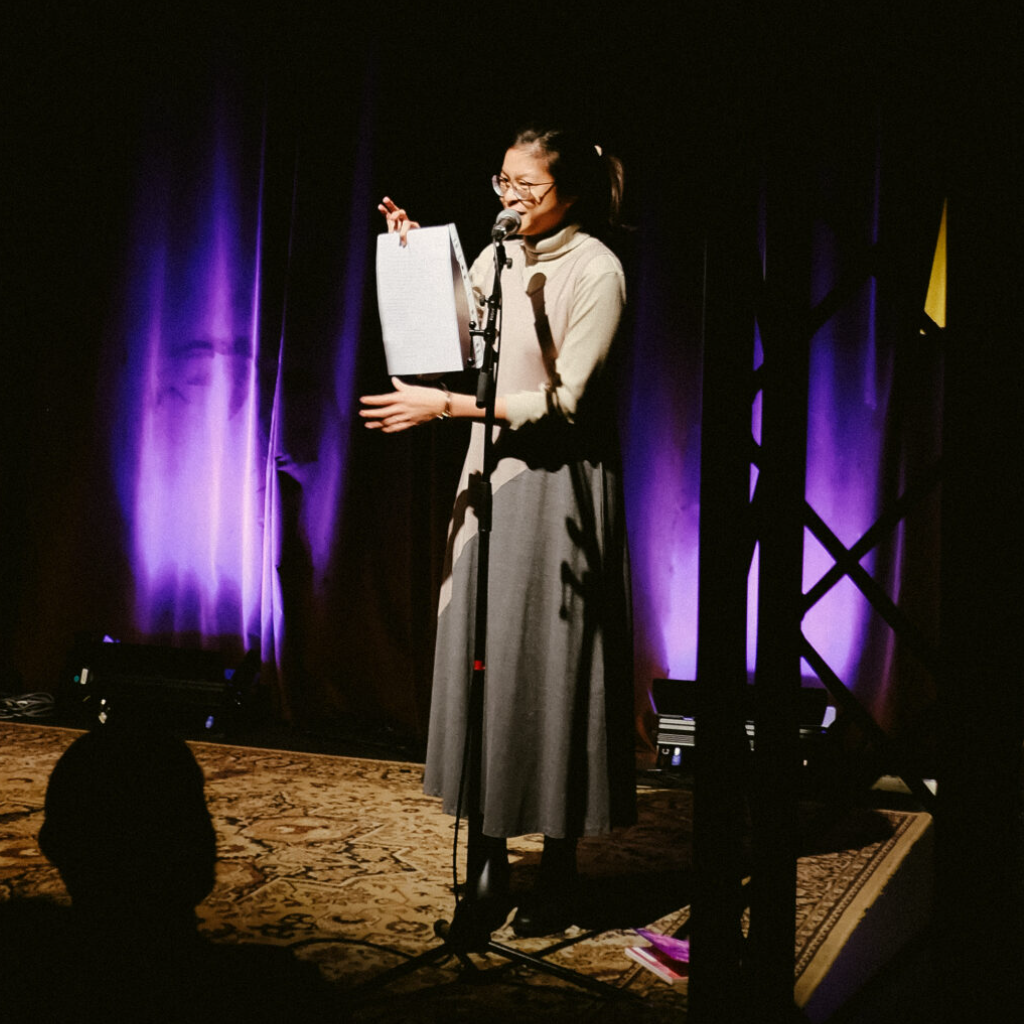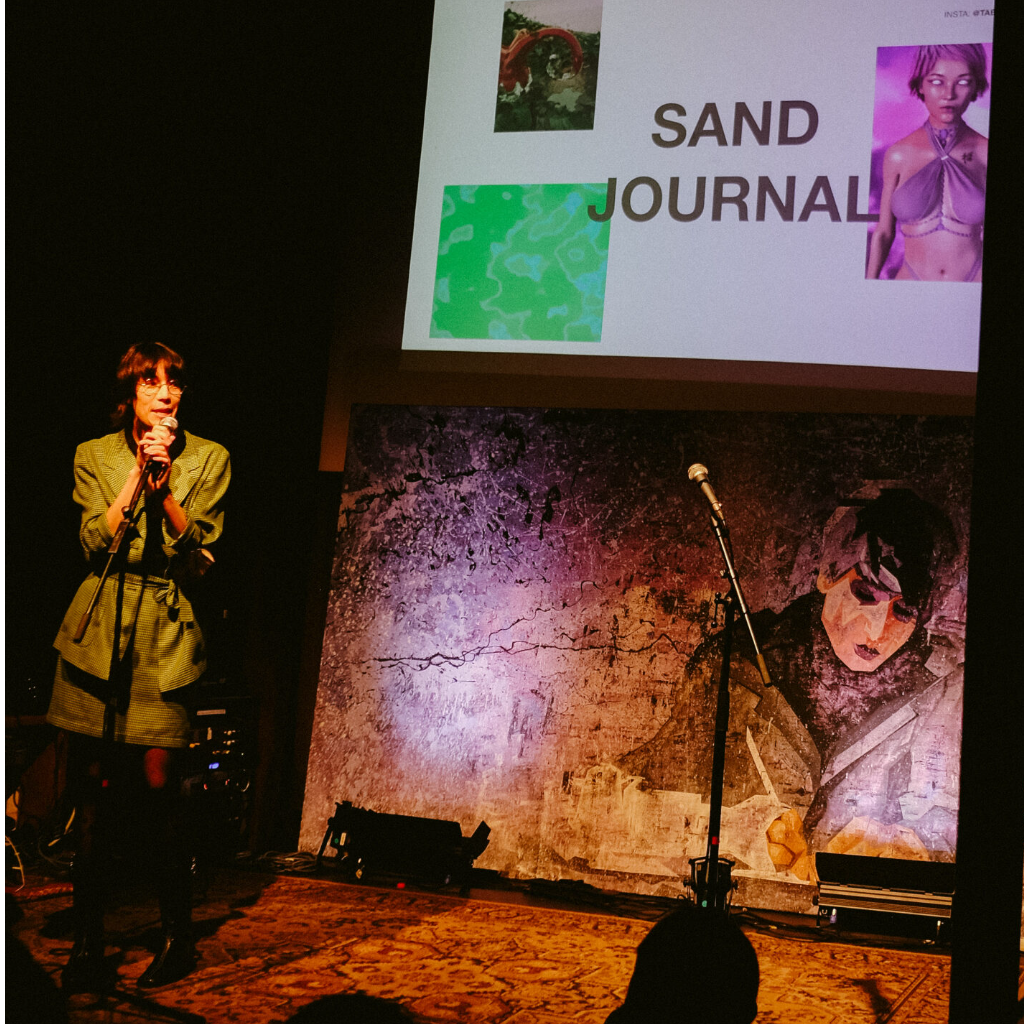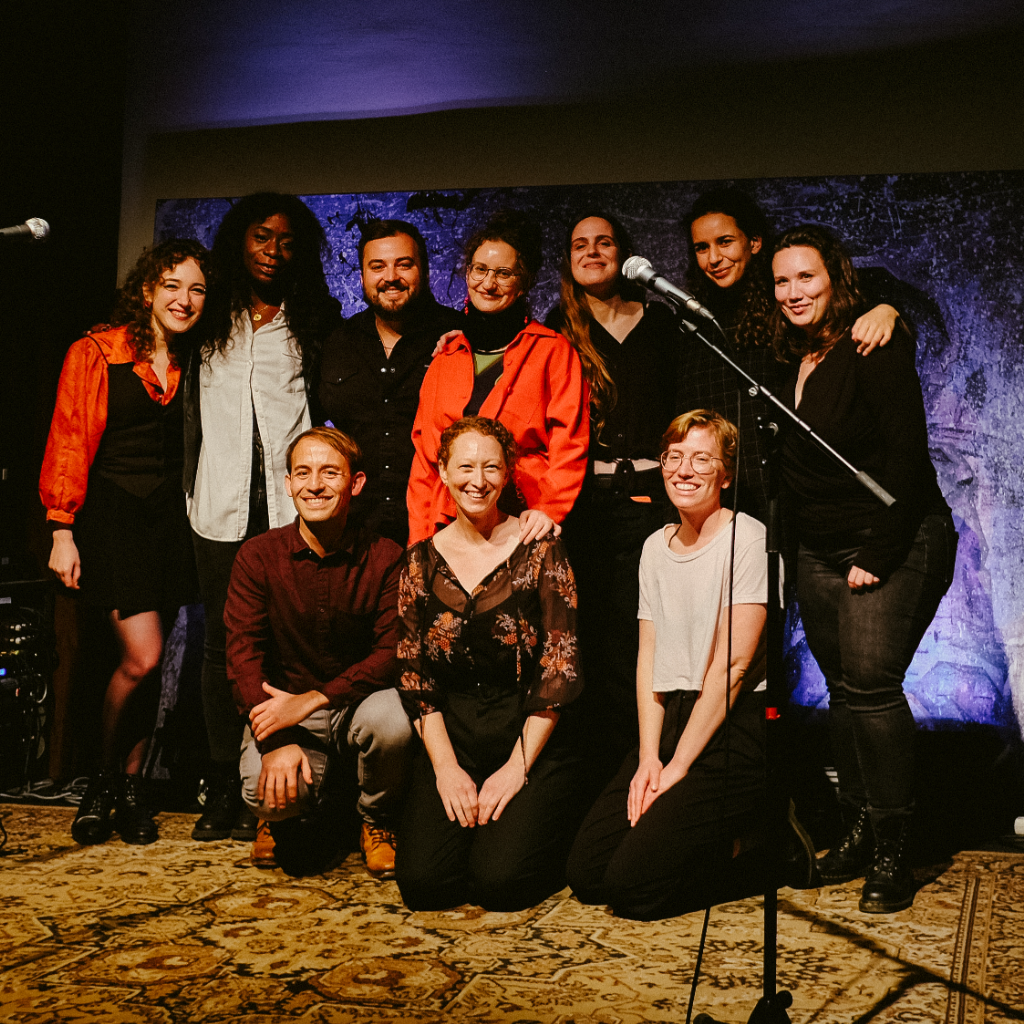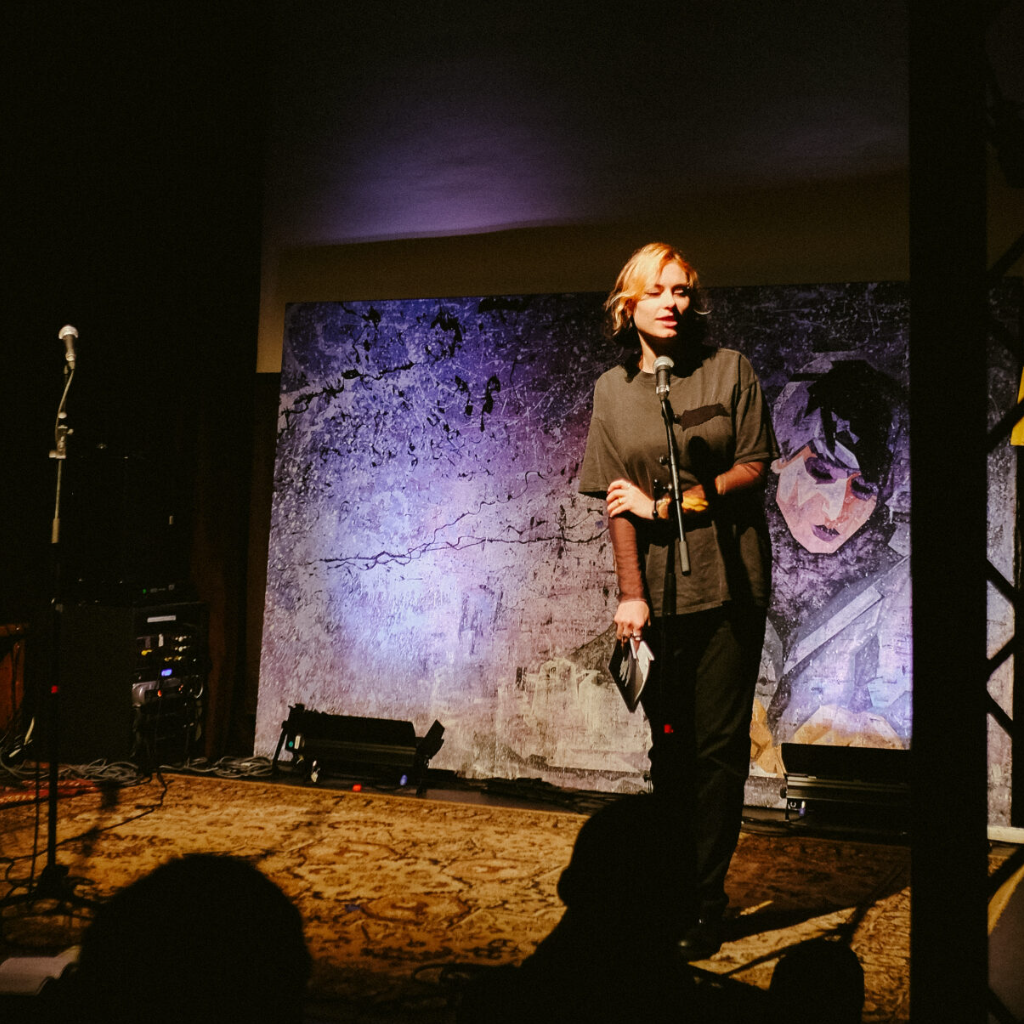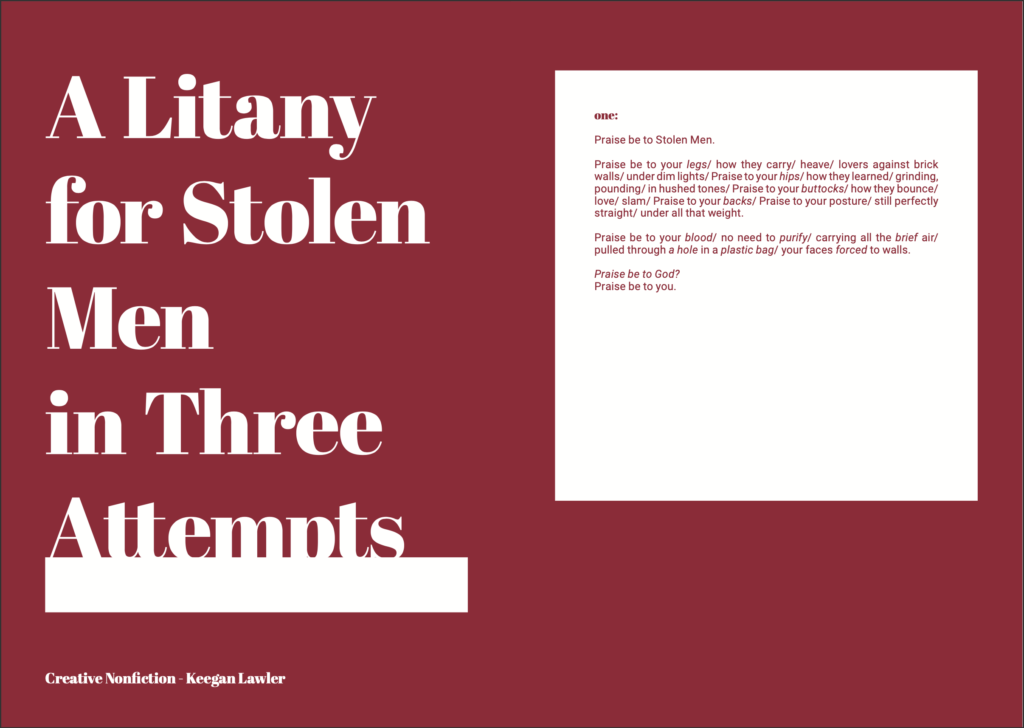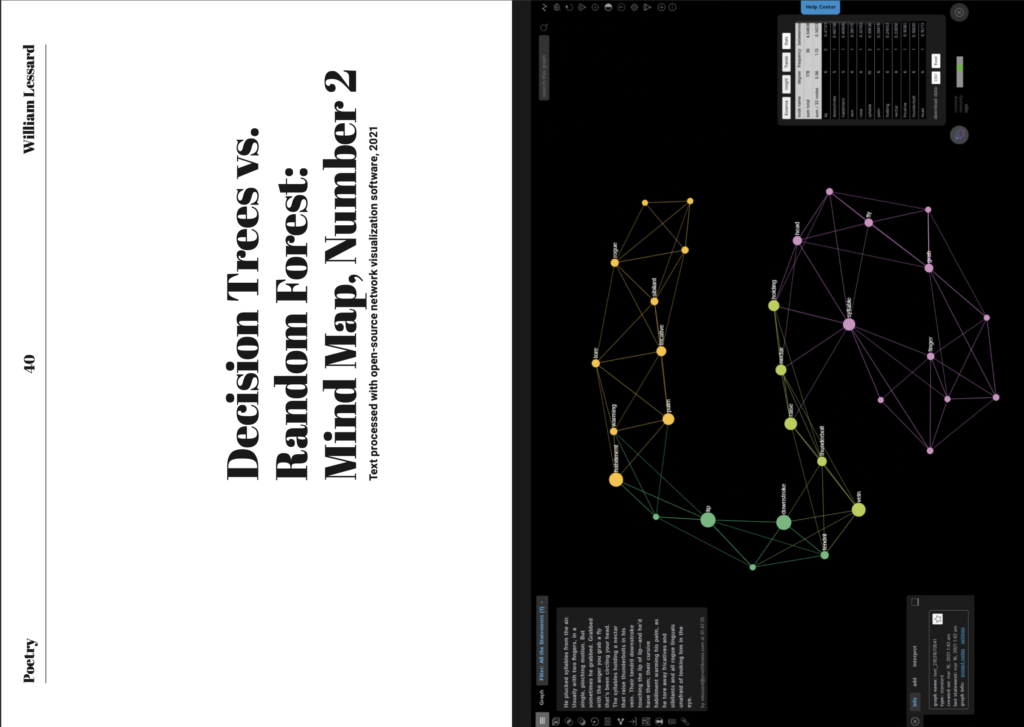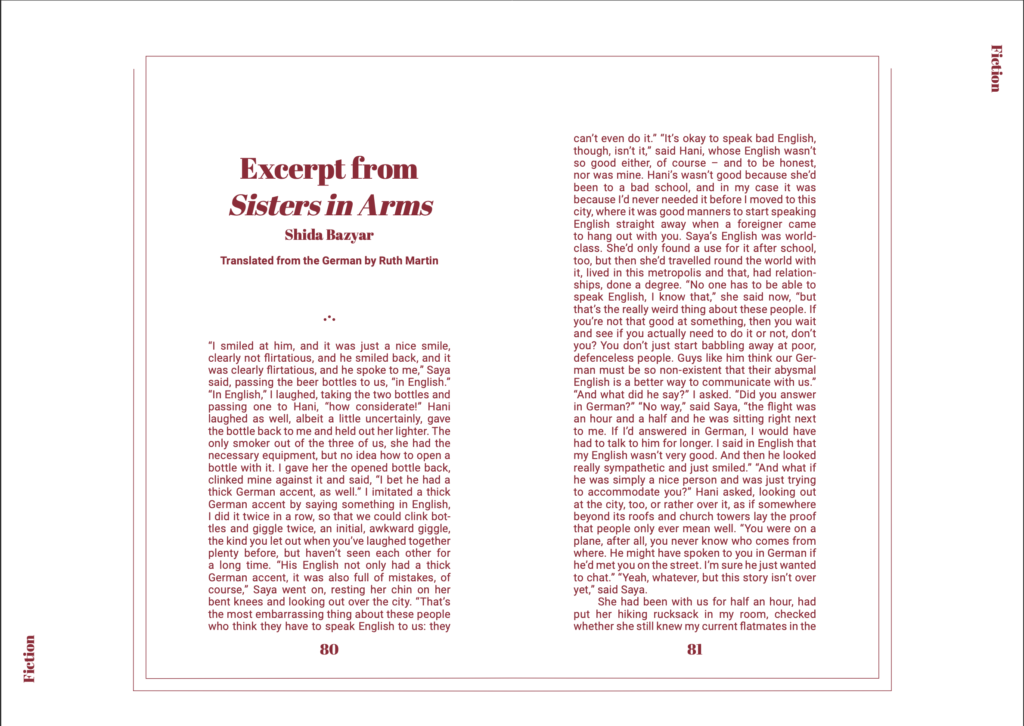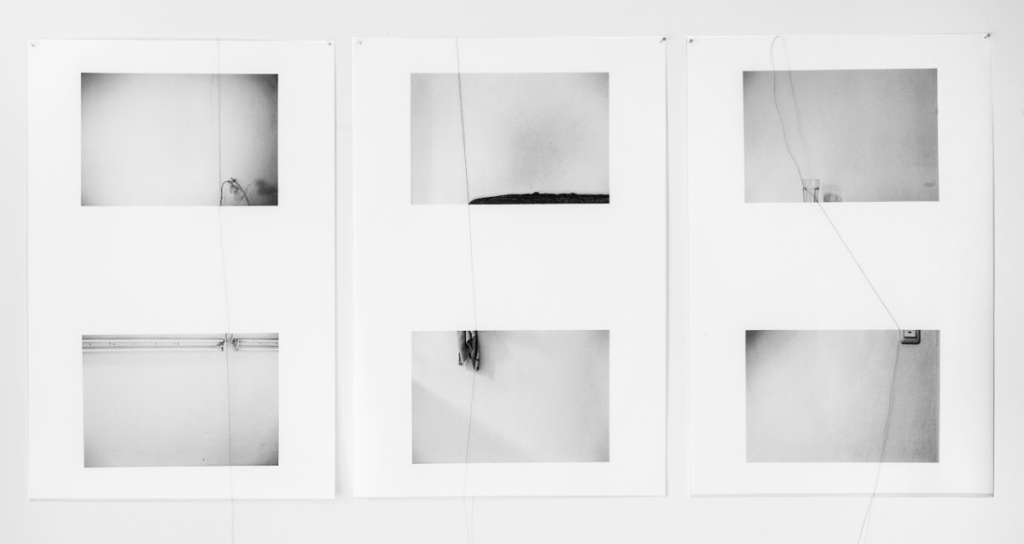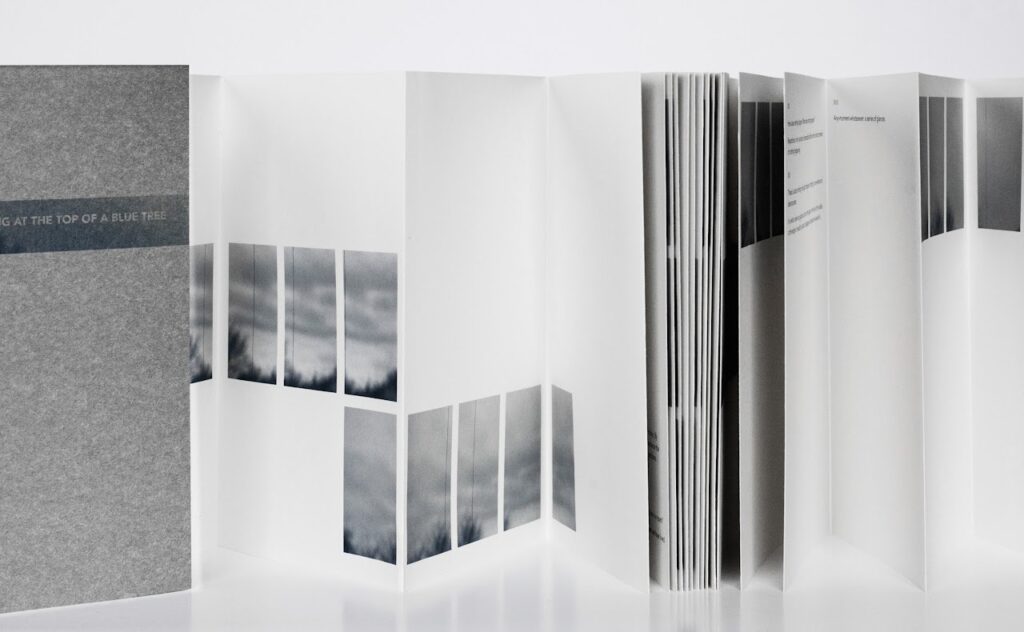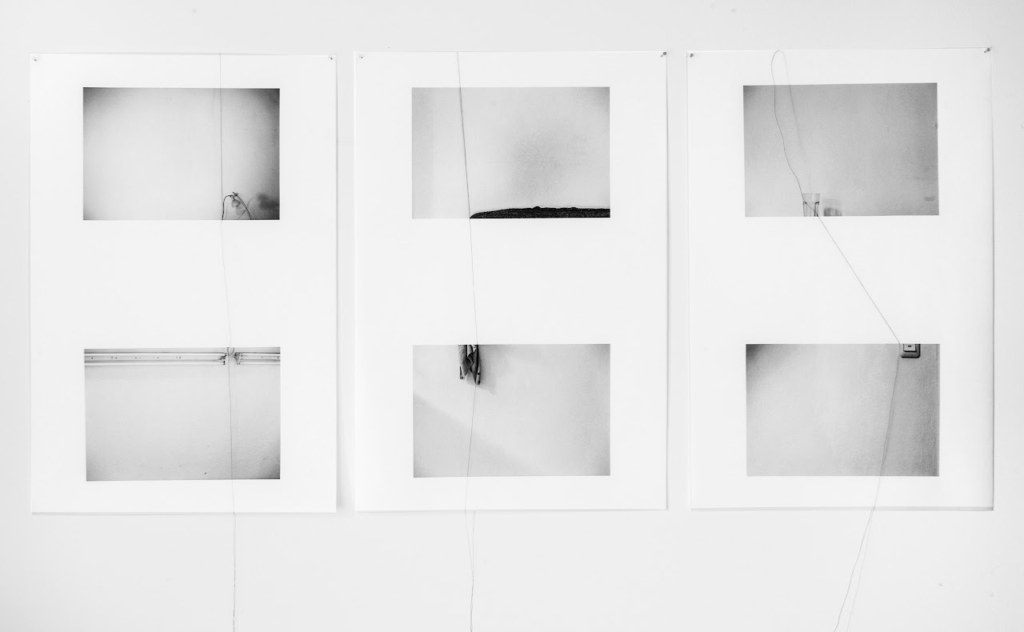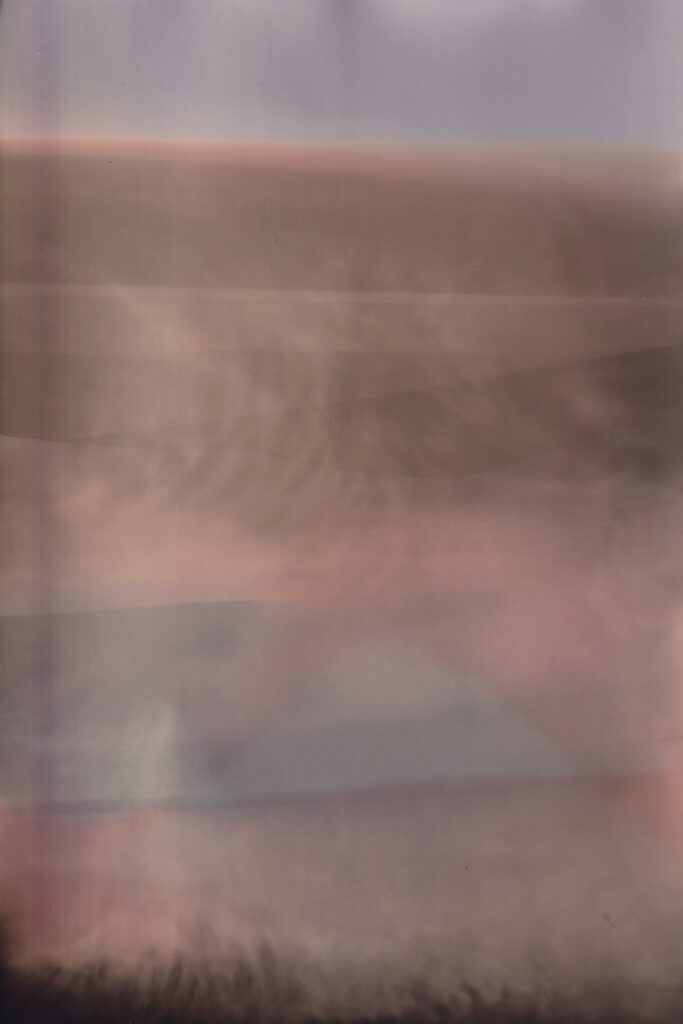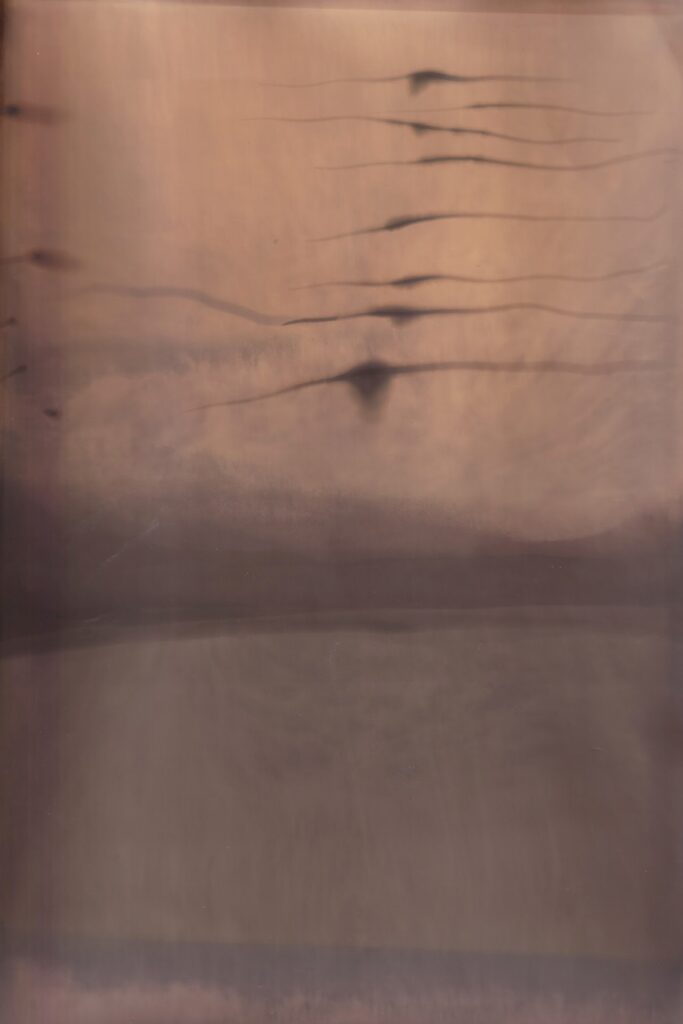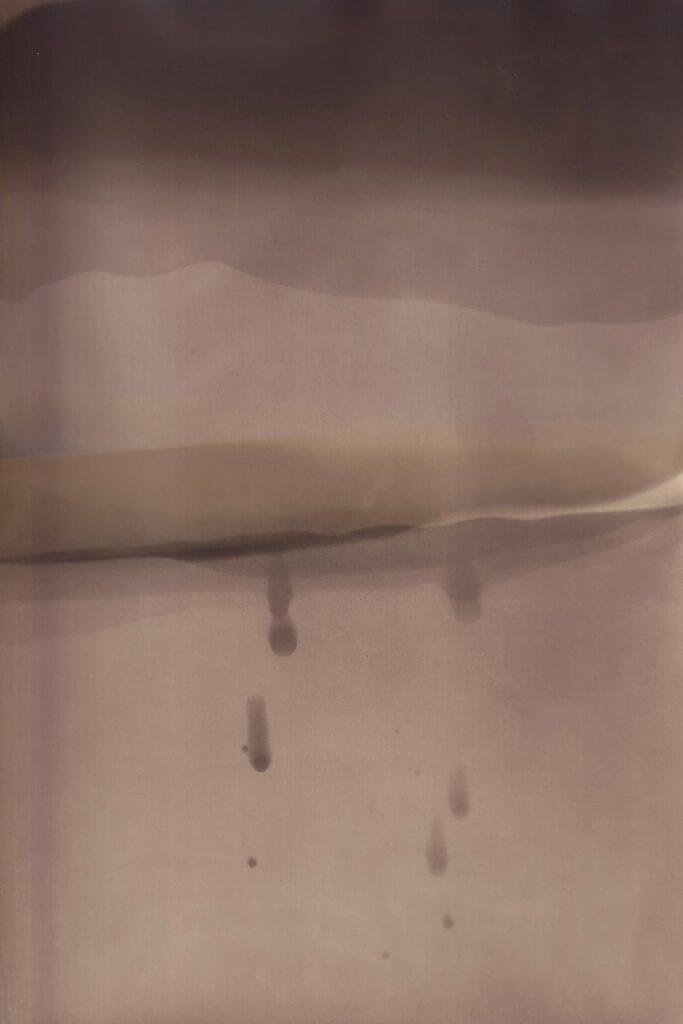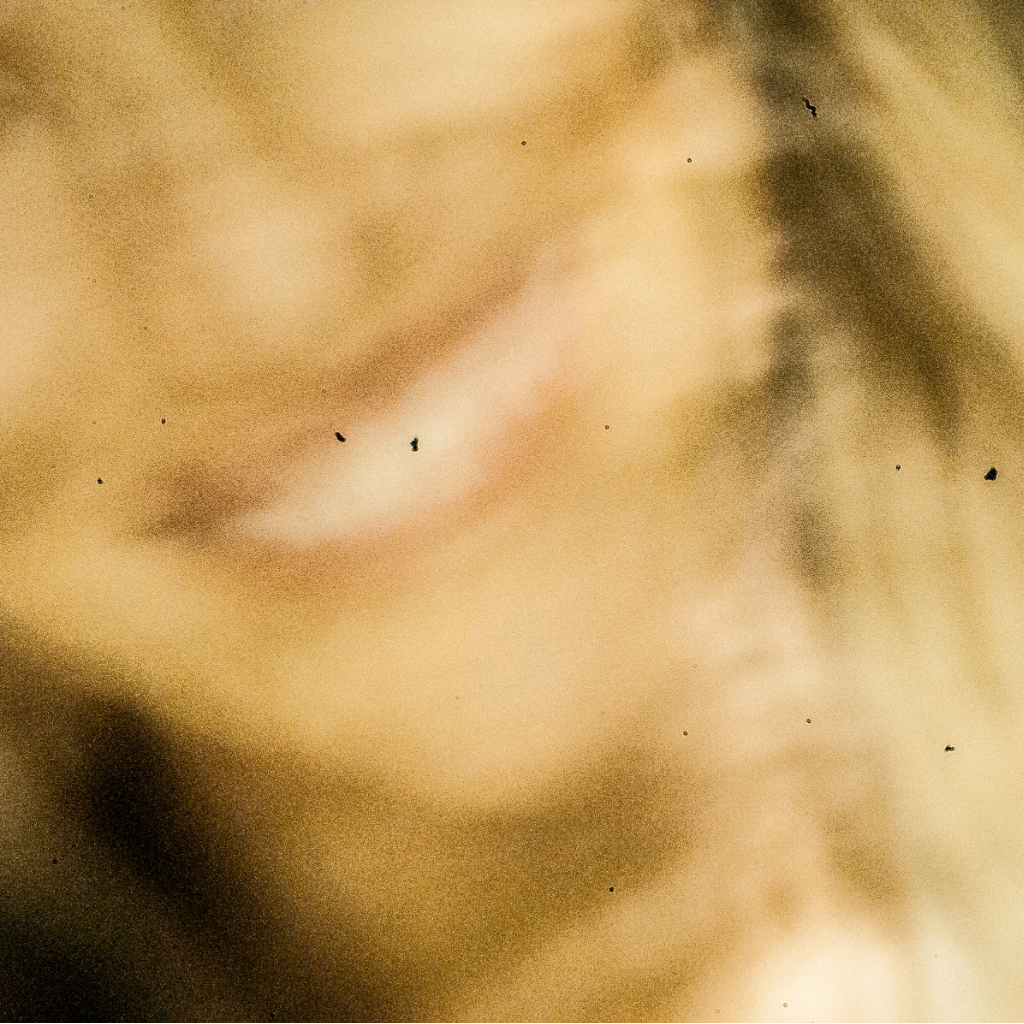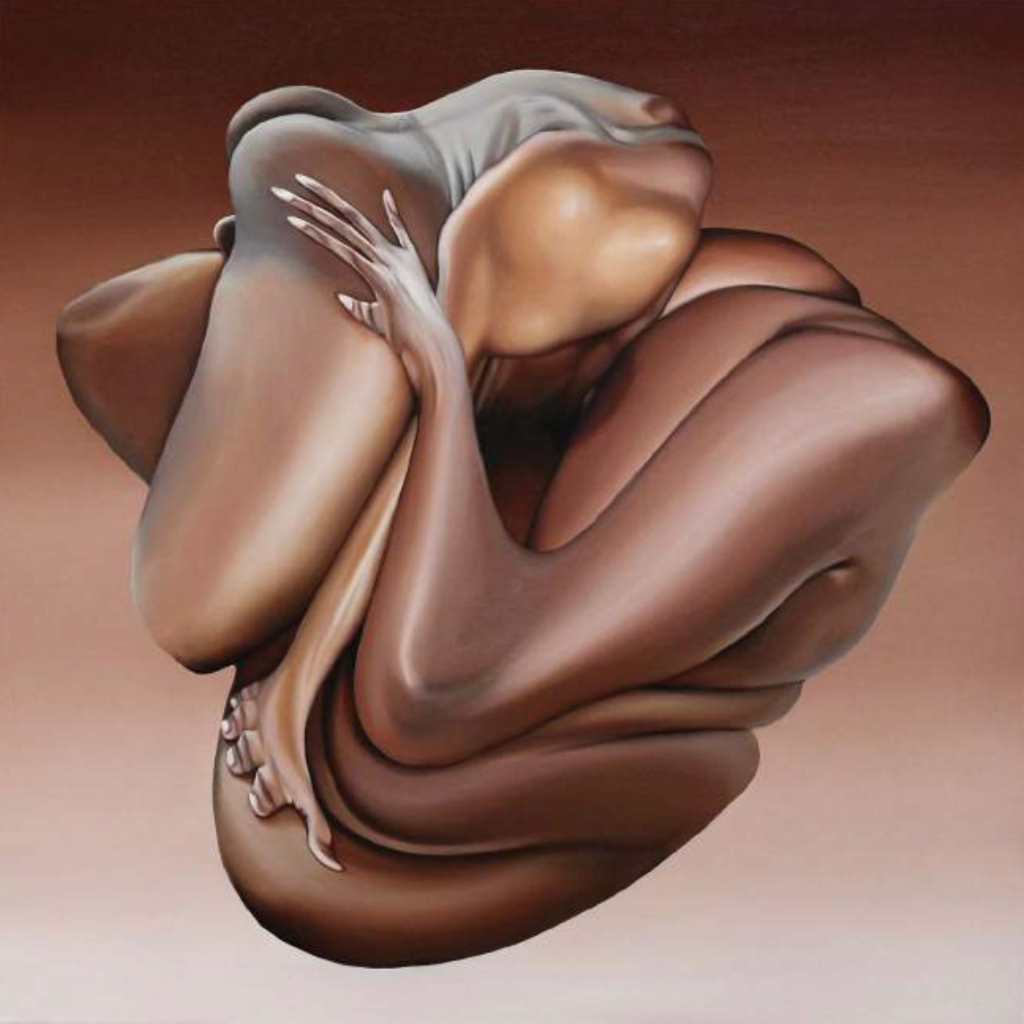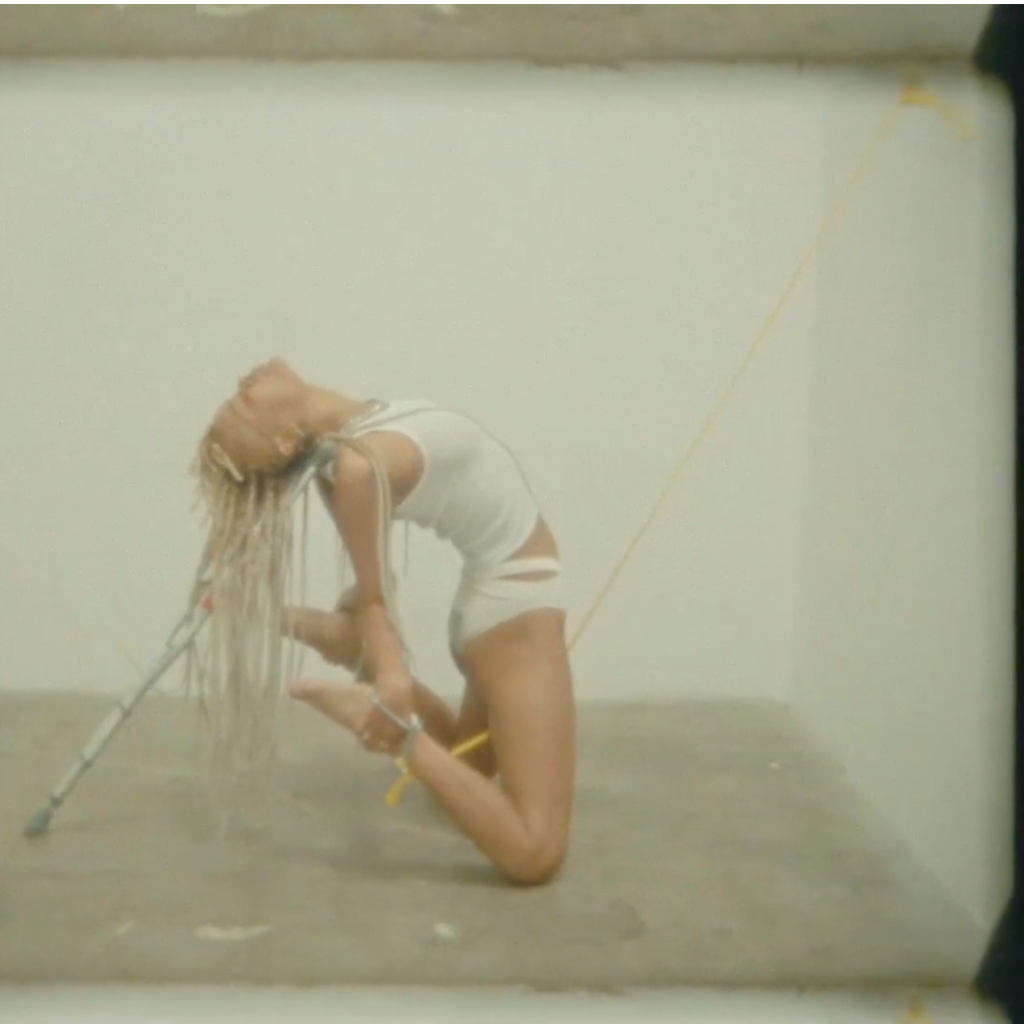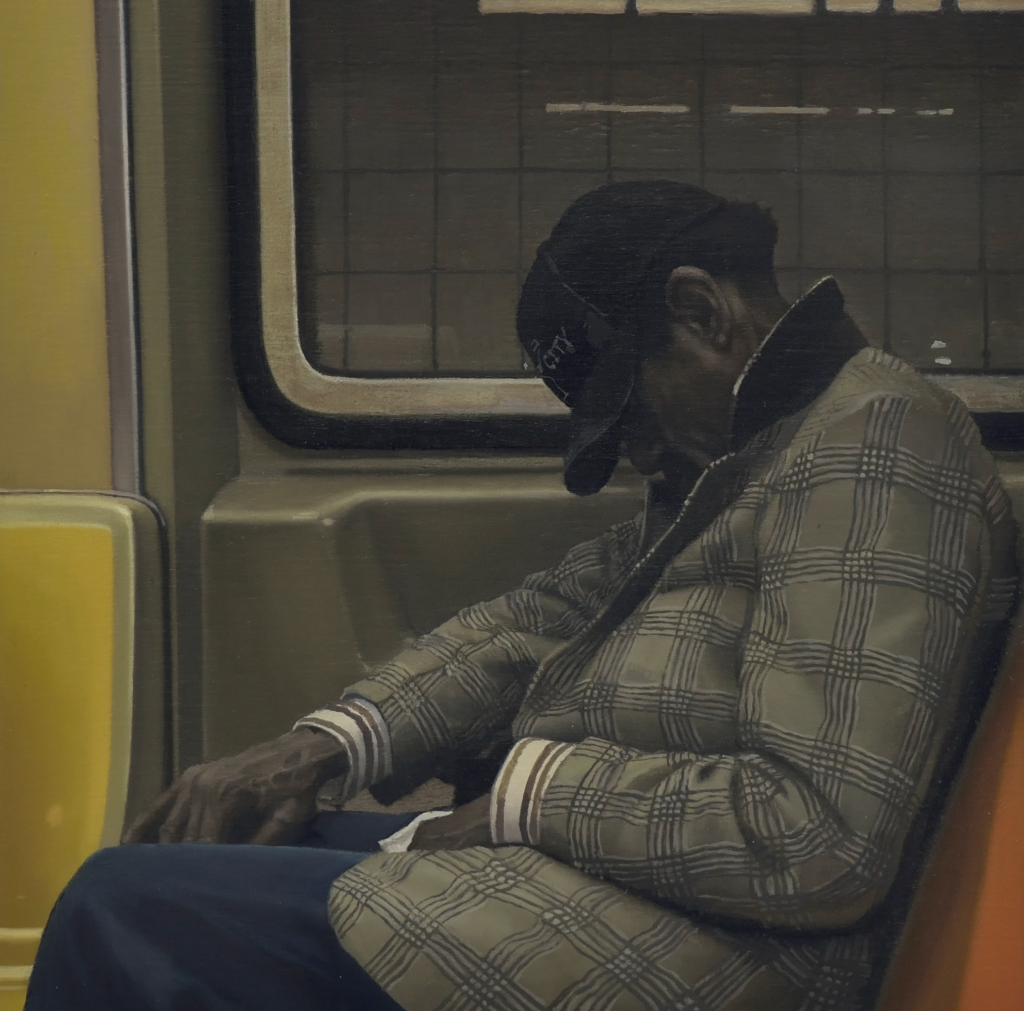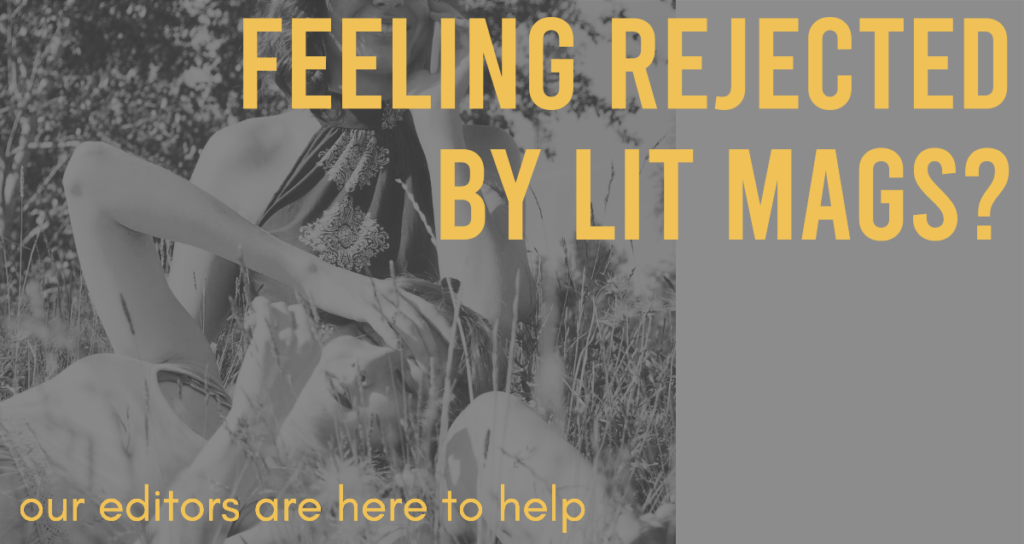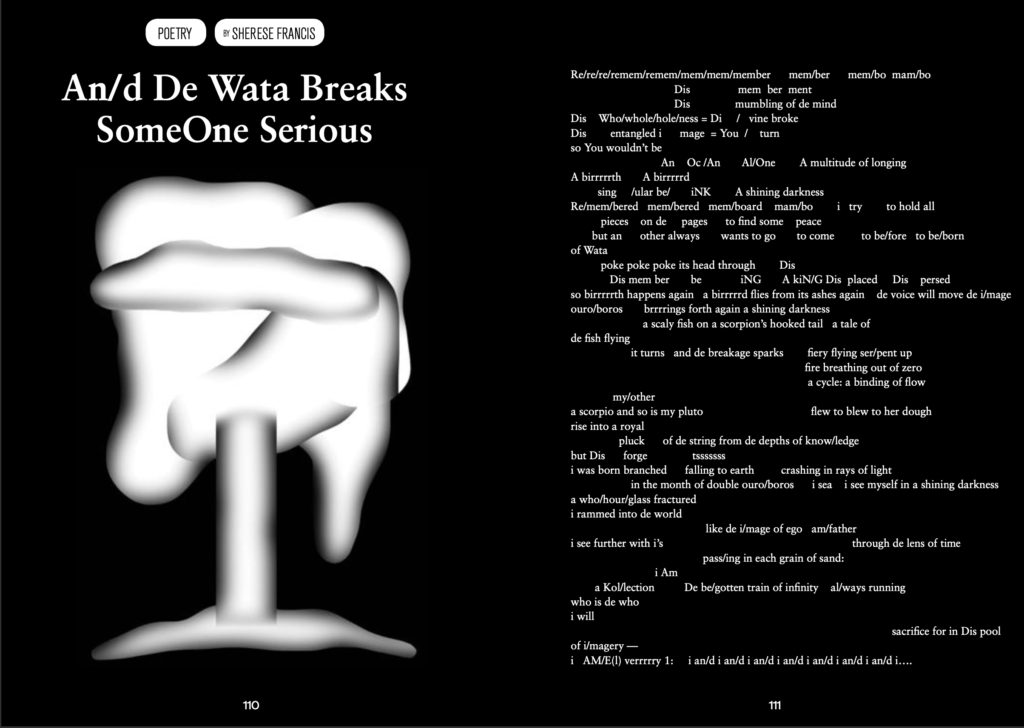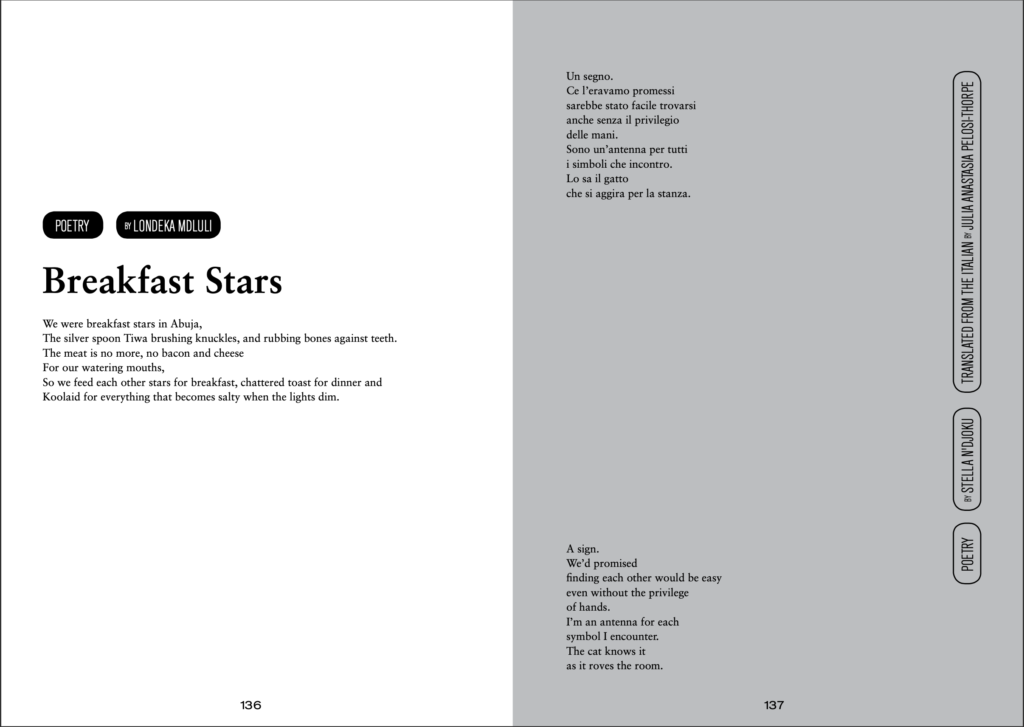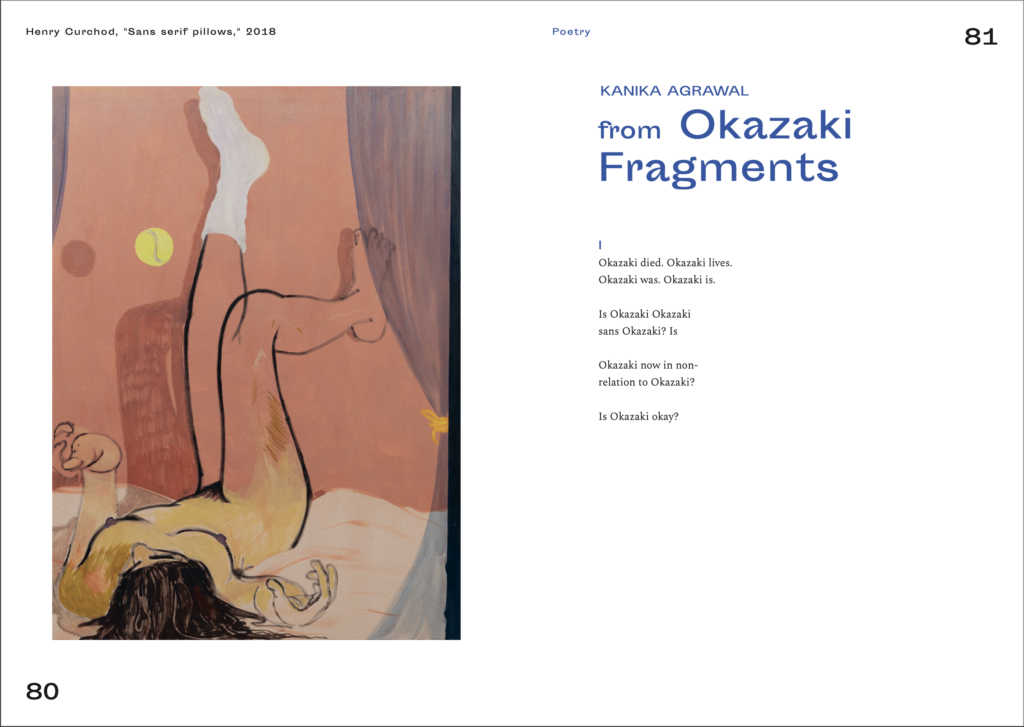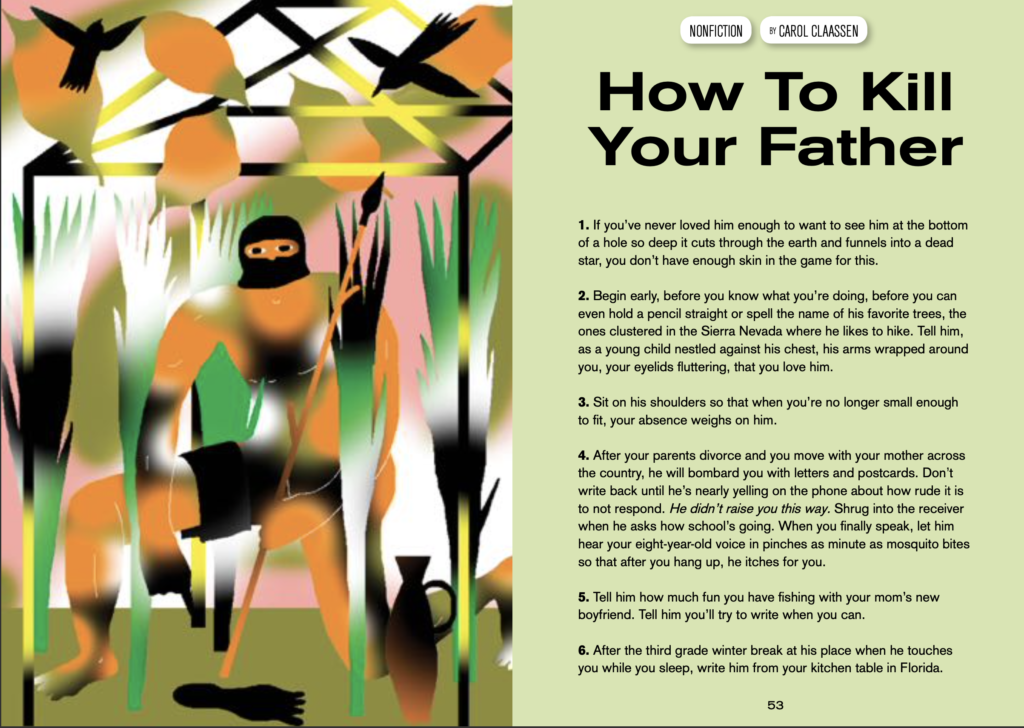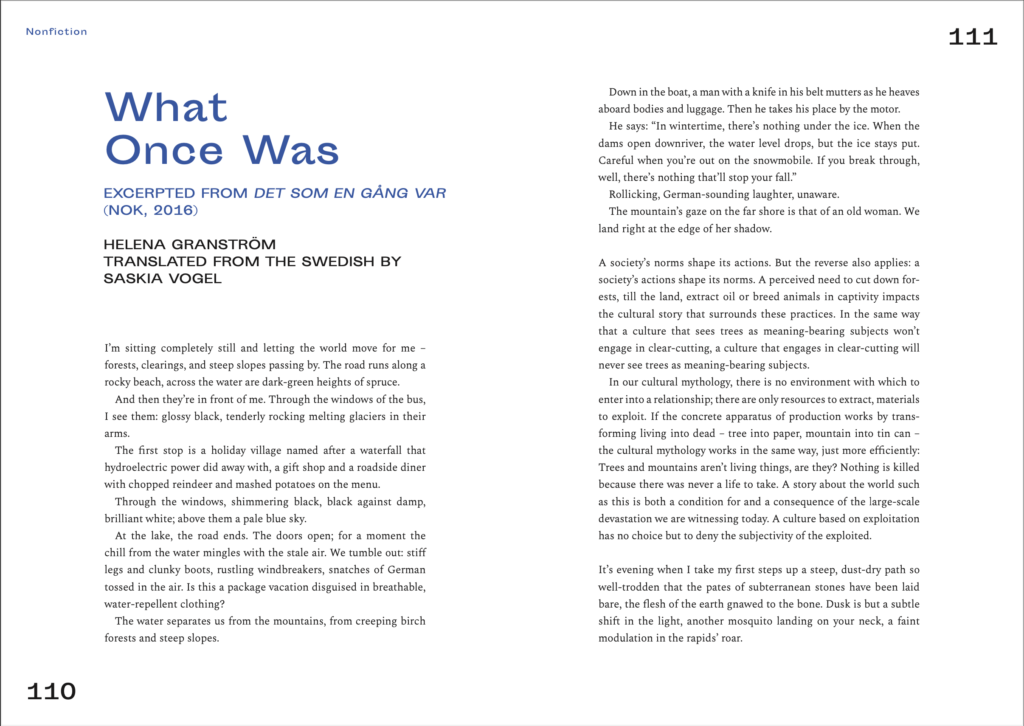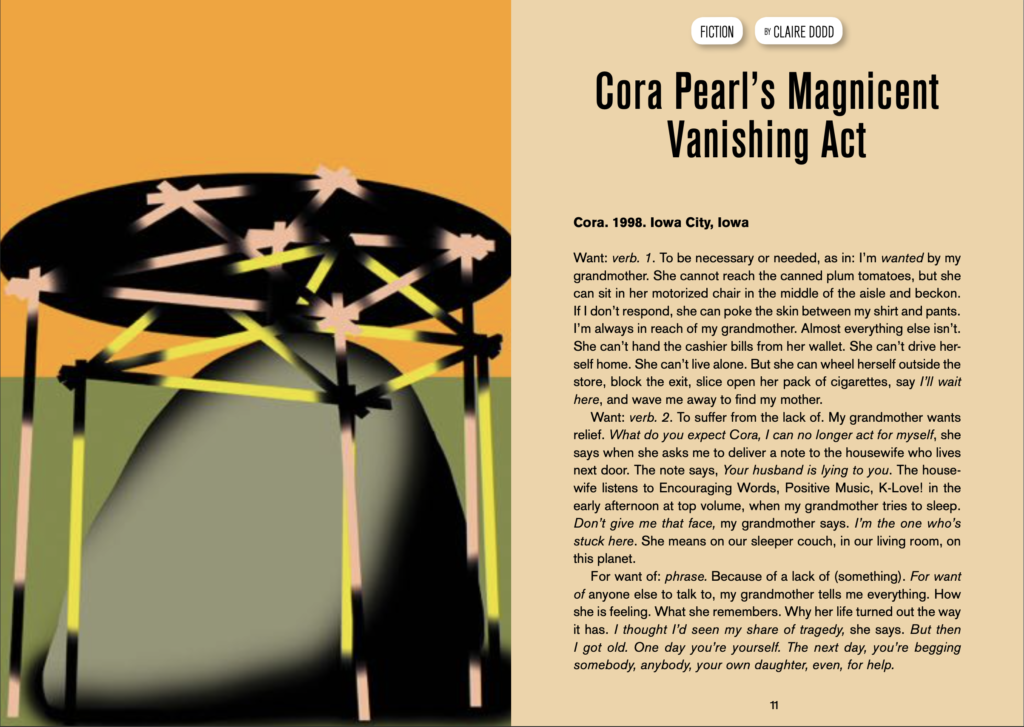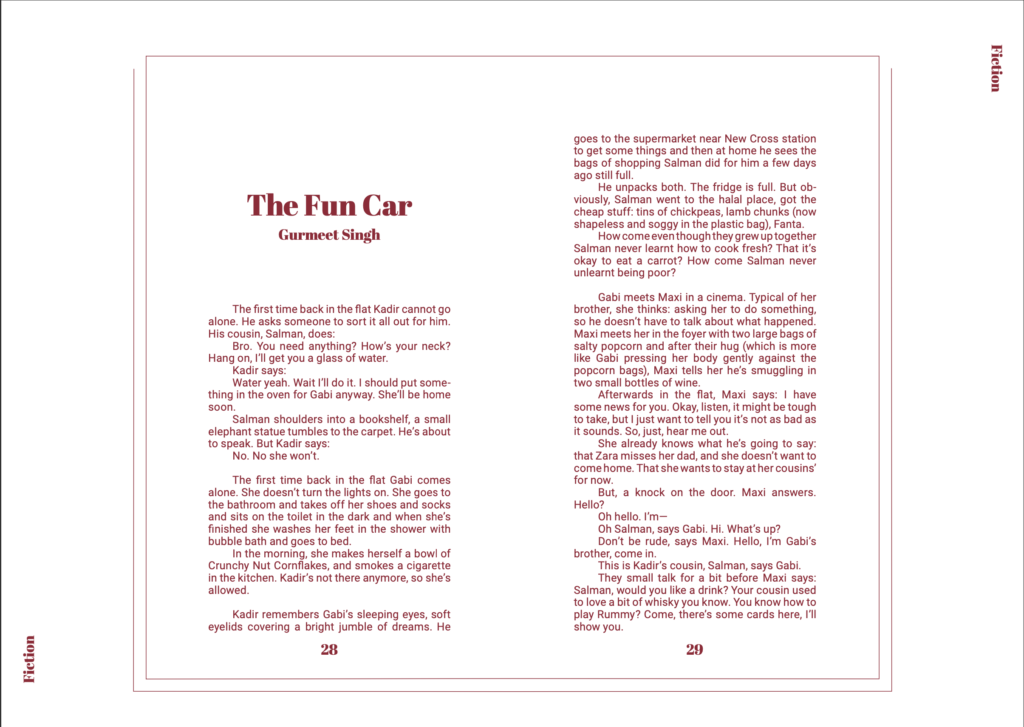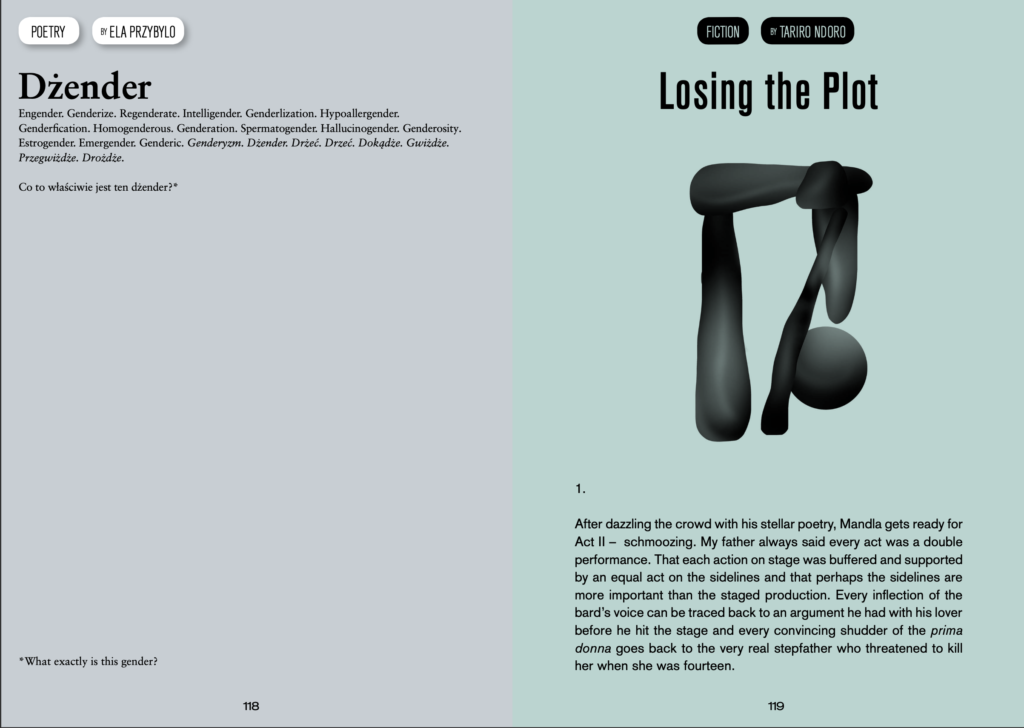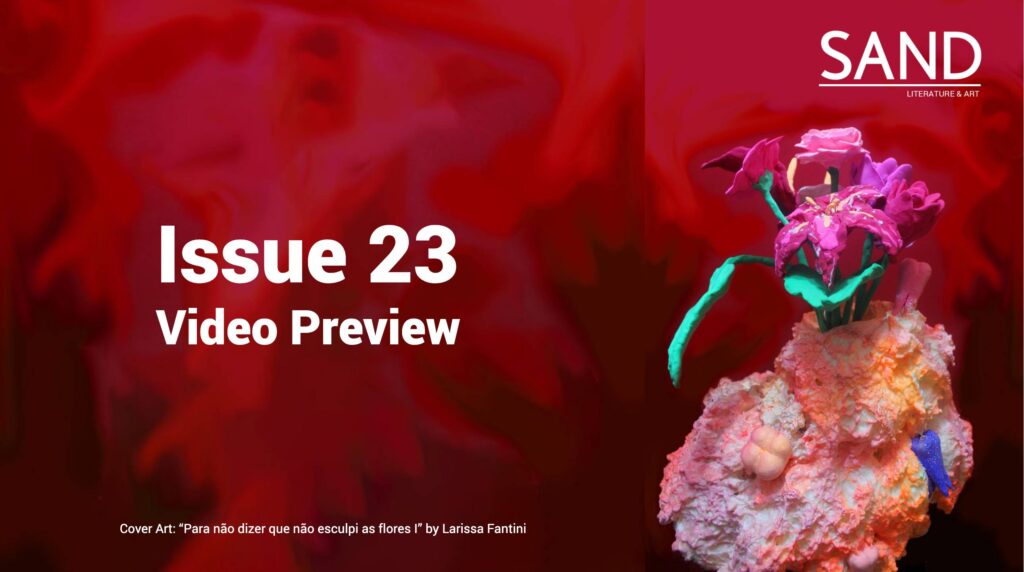Since our founding in 2009, SAND has published work in translation from at least 18 languages. Although journals like ours eagerly await the arrival of translations in our submissions piles, many translators don’t think to submit to literary journals. This is despite journals being a great way to expose emerging translators and to build the reputations of talented authors whose work is still obscure or unknown in English.
Wanting to get other publishers’ take on the issue, translator and former SAND Editor in Chief Jake Schneider reached out to other magazine editors from the Society of Authors Translators Association Symposium and in the Community of Literary Magazines and Presses (CLMP), of which SAND is a proud member. Within hours, he received an outpouring of insights, including comments from the following editors, all of whose publications eagerly accept translated submissions.
- Jennifer Acker, editor-in-chief of The Common, which is devoted to “deepening our individual and collective sense of place”
- Curtis Bauer, translation editor of The Common who also translates from Spanish himself
- Dede Cummings, editor of the magazine The Hopper and publisher of Green Writers Press, both with a strong environmental focus
- Ann Kjellberg, editor of the journal Little Star, but also the literary executor of Joseph Brodsky and a former contributing editor of the New York Review of Books
- Mindy Kronenberg, editor of Oberon Poetry Magazine
- Minna Zallman Proctor, editor of the quarterly The Literary Review (TLR), established in 1957
Should a literary translator submit their work to literary journals?
Ann: Of course! Who could think otherwise? How else do you expect the awareness of an author and the eagerness to invest in and read their work, to spread beyond specialists in the language? If an author is already well-known in English, there is the necessity of making the case that you have something to offer beyond easily available existing translations.
Minna: Translators, especially emerging translators, don’t often think of submitting works in progress to journals because they are focused on book-length projects for book publishers. Changing that paradigm should really just take a nudge from journal editors – who should do a better job of opening their pages to translation, and reaching out to translators to solicit new work. And translators will certainly have an easier time proposing a book-length translation if parts of it have already appeared in literary magazines. The extra exposure provided by a magazine publication is great for an emerging translator given that the business of literary translation has such a strong word-of-mouth component to it.
Poets/poetry translators should definitely be looking at magazine publication from the start of their collaboration. Most of the poetry books that come out in the US are comprised of poems that have all already appeared in lit mags. That’s the model that’s already in place for poetry and so poetry in translation works similarly. Poetry translators should familiarize themselves with the poetry-literary magazine model so that they can use it effectively.
Curtis: It definitely helps people learn about the new voice in a new language. Take a look at Shearsman Books: their webpage more or less says that if you, as a translator, haven’t published a substantial portion of the book of poems in journals in the UK and US, they won’t even look at it. From a publisher’s perspective, individual publications indicate that there’s an interest in the work in literary circles, and that interest tends to lead to better sales.
Have you published excerpts of a translation project that was later published as a book? Did the magazine publication help?
Dede: A few years ago, I received an email from a translator [Ellen Skowronski Polito] who wanted to know if I would write a letter on her behalf so she could enter for an [ASLE translation grant]. I wrote to say that we were very interested in her work translating the work of a Spanish poet, José Manuel Marrero Henríquez, and that if all went well, we would very much like to publish it. Jenna Gersie, the managing editor of our literary magazine, The Hopper, attended the ASLE convention in Detroit and the award was announced with the translator winning! We then made a firm offer to publish the actual book [Landscapes with Donkey]. The editorial process proved to be quite lengthy, but rewarding. One of our editors at Green Writers Press [Anna Mullen] has a knowledge of the Spanish language, so I signed her to work with the translator to make sure that every word rang true to the tone and meaning of the original.
Curtis: Yes, several. The reasons are obvious, as stated above, but there’s also the publicity aspect. One of the things I love about The Common (there are many) is that the journal publicizes the work that comes later: if I publish a poem there, and then a book comes out, I can tell the editors and they’re going to make that announcement in the journal and on their social media sites. The Common isn’t the only place that does this, but it’s one of the few that does it really well.
Ann: I have. […] It is hard to say how precisely this helps. A good source of evidence about this would be editors at publishing houses who publish a lot of translation. Book editors have told me on the whole that they wished they had time to read literary magazines more. We do struggle on our end with readership and distribution – on the other hand, of course, it helps the translator, when going to an editor, to be able to say that parts of this have been published in X, Y, and Z. As an editor myself, I am aware of magazines I appreciate, and I notice when they have given a writer or translator the thumbs up. I think one has to make a somewhat amorphous case that increasing the presence of an author in English is a drop-by-drop process and anything you can do to support this will help a book publisher to commit to your project and will help readers to respond to it. An unknown name in a foreign language is a hard sell, likewise a redundant translation. Literary magazines are your natural ally: they are looking for great work, and you are looking to be seen. Unlike many of their submitters, your writer is a known quantity in their original country and likely to deliver as a writer.
On magazines soliciting translations, and where they look for them.
Ann: When I find an author I like I try to find out if there is anything new on the way; I even try to put authors together with translators. I have reached out, for instance, to winners of the PEN and Sontag prizes for works in progress to see their manuscripts.
Minna: Translators who have been hired by a publishing house to translate literary works are often not included in the serial rights process at all, so they have to leave publishing of excerpts to the publishing houses. The publishing houses that publish more translations are small and independent and often running on limited resources and are not good at getting early excerpts out to magazines (which have long lead times – if we wait for review copies to arrive we usually wouldn’t have time to consider and schedule an excerpt). And literary magazines often don’t have the resources to scour catalogues to look for excerpts. Literary book publishers and literary magazine publishers should work together, because translations – whose authors are often unknown abroad – need more exposure in the literary marketplace to get to readers. Translators can help in this process if they have connections to literary magazines and if the publishers are open to suggestions – even when they are not actually part of placing serial rights.
TLR tries to reach out to publishers for forthcoming work. We’ve found we have to do extra legwork on our end to get publishing houses to think of submitting to us. Again, it’s about forming relationships and keeping up with what people are working on.
Of course the most important way to know about possible excerpts is through relationships with translators. If we hear from a translator about an interesting work in progress, we’ll approach their publisher to see if there’s something from it that might work in terms of length, and timing. We make a very deliberate effort to engage translation. To that end we have editors at TLR who are focused on soliciting and evaluating works in translation. We’ve definitely found that it’s not a genre of literature that just arrives in the slush pile; we have to reach out for it.
On rights to publish translations.
Minna: Most literary magazines are even more under-resourced than small presses and so most of us ask translators to only approach us with projects that they have the rights to – or projects in which they have the author’s permission already to send out for publication. If translators don’t have their permissions in order, most magazines won’t be able to publish. This is very different from how publishing translations work with a book publisher, because in all cases it is the responsibility of the book publisher to seek out and acquire translation publishing rights. Lit mags are the only publishing entity that asks translators to do that work. (Explaining this structure to a room full of seasoned translators can cause gasps of dismay and outrage.) But lit mags for the most part do not have the money or legal experience to deal with translation rights, so that’s how it is. It’s a good idea anyway for translators who are doing a translation for love (rather than under contract – where they don’t have the serial rights anyway) to know the situation with the rights so they don’t spend time on a project that’s already been promised elsewhere.
Do you edit translations?
Jennifer: We accept unsolicited translations, and we also commission translators to render works into English, especially for our Arabic portfolios. All pieces are thoroughly edited from an English-language point of view, and our editors work closely with the translators, and often the authors as well, to arrive at the best possible English-language version. The collaboration can be somewhat unwieldy, given the multiple people reviewing and consulting, but we find we are still able to retain the author’s original voice and stylistic choices.
Ann: I definitely edit. I usually feel that my suggestions are consistent with an extrapolatable underlying text, and I am counting on the translator to correct me if not; it is a back-and-forth process. In the case of a living author they often participate.
I have been grateful when translators and publishers from whom I am publishing translated work are willing to excerpt it in ways that purists might challenge (The author didn’t mean for it to end there!), in some rare cases even restructuring work. In the later case, one says, “adapted from” in an author’s note or a credit line. One would ordinarily only do this with a living author. I think that it helps to make the work available to an audience and shows the author in a beneficial light. When translators are able to step back from what might call a dogmatic allegiance to the original, it can often create good opportunities for the work, in the right hands and under the right circumstances.
How do you handle edits if the original was already published in its current form, potentially in a language you can’t read?
Mindy: We recently included Korean translations and conferred with the scholar/translator when small inconsistencies were discovered within her own submissions (some of which had previously appeared in other publications). Rules for languages can vary (and dialect and time period can determine linguistic tradition). Admittedly, these were not “substantial,” but one has to try to check for accuracy so that the translation is true as possible to the original work.
Curtis: When editing translations, even when I don’t read the language – I’m thinking of an Israeli poet I published a few years ago (I don’t read Hebrew) – I listen to the English. If there’s a problem, I usually hear it when I read it out loud. In the case of the Israeli poet, I asked the translator about a few lines that I found problematic, how they were constructed in Hebrew and the choices she made in her translation. That evolved into a more focussed conversation about grammar and metaphor (the metaphor in the poem seemed odd, and I wondered if it was “odd” in the original, too; it wasn’t), and ultimately the translator resolved the “oddity” that I heard. I guess what I’m getting at here is that I read the poems and stories and consider their complexities and nuances in English first; if something catches my attention, I mark it as a point for a conversation about the text; that conversation usually leads to a conversation about translation choices and requires that we look at the source text and the translation.
Have you taken risks on a translated work that would be unlikely to be published as a book?
Ann: Certainly. I have often excerpted pieces that are strong on their own when I had reservations about the whole. In cases like that I think I am giving the translator a leg up! Publishing a book is a much bigger financial gamble than including a piece in a literary magazine, but seeing that some of a translation has been published before may help to give a book editor confidence, and suggest some ideas about how an editorial process might bring out the text’s strengths.
Curtis: Of course. I think that’s the only way that “unlikely to be published” piece will eventually find its way into book form; new authors and translators needs exposure. They have to start somewhere, and I’m willing to consider work that may never find its way into book form.
When publishing translations, do you focus on a particular language or region?
Jennifer: The Common publishes work in all genres with a strong sense of place. It has led us to include a wide variety of international works from more than 16 languages over the last 10 years. Recently, we have begun to highlight translated works in place-specific portfolios. For example, in fall 2018, we published a 100-page portfolio of works from Puerto Rico, the majority written in Spanish and translated into English, to mark one year after Hurricane Maria. We have also developed a particular focus on translating and publishing contemporary Arabic fiction. For six years now, I have worked with prominent Jordanian writer Hisham Bustani to select, translate, edit and publish works from the Arab world. In 2016, we published TAJDEED (Renewal), entirely devoted to contemporary fiction from the Arab world, representing 26 writers from 15 countries. This momentum has continued so that we are publishing a special portfolio of works translated from Arabic every spring – in 2018, we published a portfolio from Jordan; and in 2019 we are just about to release our Syria portfolio in Issue 17.
We are currently putting together a call for submissions for Lusophone portfolio, works from and about the Lusosphere – Portuguese-speaking countries and their diaspora. We’ve found these portfolios not only allow us to publish a diverse array of writers, but help us find new readers. These issues are also very popular among teachers who use our The Common in the Classroom program.
Do you hold translations to a different standard than originals?
Curtis: I don’t think so. I hold both to a very high standard.
Ann: No. I expect translations to hold up as a literary experience: they don’t get a pass because they are translations.
Do you have any other advice for translators submitting to magazines?
Ann: Only, please do it! It seems so valuable to me. Try to identify sections that are free-standing and give the editor a choice. Offer to provide more if they want.
Curtis: Yes! Be open to a conversation with editors about multiple aspects of the work. I often encounter translators who are unwilling to engage in a conversation about polysemy. That’s one of the things I love most about translations, so I often ask translators to reconsider word choice and syntax.
Minna: Keep an eye out for literary magazines that publish work in translation and submit to the ones you like best. Tell the translators that TLR loves work in translation.
Mindy: Think of it as a process of literary outreach, and discovery for readers.
Some of the comments above were made as part of a panel about literary magazines at the 2019 Society of Authors Translators Association Symposium. A big thank you to Ruth Martin, who is co-chair of the Translators Association and translates from the German herself, for inviting us and for facilitating this discussion at the symposium. And thank you to all the editors for sharing their experiences and agreeing, after the fact, to us posting their illuminating comments on our website. This article originally appeared on our website in 2019 and has been edited and shortened in its current form.
